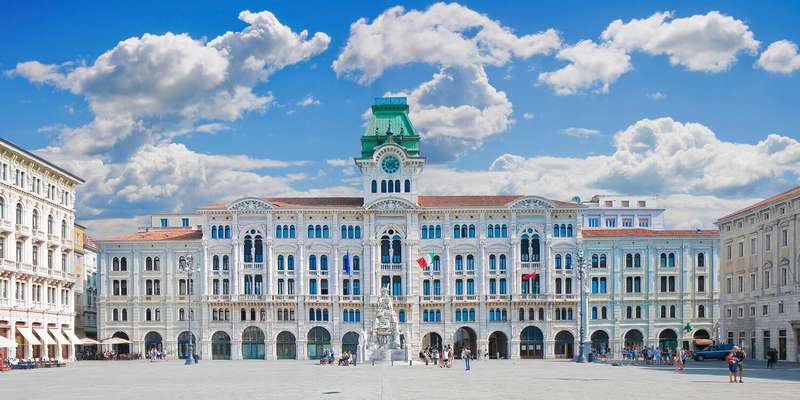- Home
- Useful Tips
- Trieste's Habsburg-era architecture
Trieste's Habsburg-era architecture stands as a magnificent yet overlooked treasure of the Adriatic. Over 70% of visitors focus solely on the city's cafes and coastline, missing the breathtaking imperial palaces and neoclassical facades that whisper tales of the Austro-Hungarian Empire. This architectural blind spot leaves travelers with a fragmented understanding of Trieste's unique identity, where Italian dolce vita meets Mitteleuropa grandeur. The frustration compounds when tourists later discover they've walked right past UNESCO-contended buildings without appreciating their significance, or worse – wasted money on generic tours that barely scratch the surface of this architectural goldmine. With limited English-language resources available on-site, many depart unaware that Trieste boasts more intact Habsburg structures than Vienna's outer districts, a secret even most guidebooks overlook.


How to identify authentic Habsburg buildings in Trieste's maze of streets
Walking through Trieste's eclectic streets, you'll encounter a fascinating architectural puzzle where Habsburg-era buildings hide in plain sight. The key identifiers are in the details – look for symmetrical neoclassical facades with restrained ornamentation, tall rectangular windows with wrought-iron balconies, and ground-level rusticated stonework. Many original structures feature dual-language plaques in Italian and German, remnants of the empire's bureaucratic system. Don't be fooled by similar-looking 19th century Italian buildings; the Habsburg touch reveals itself in subtle Central European flourishes like hexagonal courtyard layouts and distinctive chimney designs. Local preservation laws mean original features often survive intact behind modern shopfronts – peek through archways to discover stunning imperial staircases still used by residents today.
Three under-the-radar Habsburg landmarks most tours miss completely
While everyone visits the iconic Piazza Unità, few discover the Habsburg-era marvels tucked just beyond the main squares. The Palazzo Carciotti's oval dome and sphinx statues showcase Trieste's unique interpretation of empire architecture, yet receives a fraction of the crowds at Vienna's similar structures. Nearby, the Greek Orthodox church of San Nicolò hides astonishing imperial-era naval memorials in its crypt, commissioned by Habsburg officers. For a truly local experience, seek out the former Austrian Lloyd shipping company buildings along Via Torino – their maritime-themed reliefs and nautical windows reflect Trieste's dual identity as the empire's primary port. These sites require no entrance fees, just a curious eye to spot the small bronze plaques marking their historical significance.
When to visit Habsburg sites for perfect lighting and minimal crowds
Timing transforms your Habsburg architecture experience in Trieste. Early mornings (7-9am) bathe the pastel facades in soft gold light while the city still sleeps, ideal for photographers. Come November through February, you'll have landmarks like the Revoltella Museum's Habsburg wing nearly to yourself, though some interior courtyards close earlier in winter. Locals know that late afternoons bring magical light to the Grand Canal's Austrian warehouses, when the low sun highlights their distinctive yellow-ochre paint originally mandated by imperial decree. Avoid mid-day visits to north-facing buildings like Palazzo Modello – their deep porticos become shadowy and unphotogenic when the sun is high. Wednesday mornings see the fewest cruise ship tourists overwhelming the central districts.
Decoding Habsburg architecture styles without hiring a pricey guide
Understanding Trieste's Habsburg layers becomes effortless when you know what to observe. Start by comparing roof designs – early empire buildings feature steeply pitched roofs for snow, while later 19th century additions show flatter Italian influences. The city's distinctive 'Habsburg yellow' palette ranges from buttery tones in aristocratic districts to ochre in commercial areas, each shade codified by 1820s building regulations. Free municipal plaques on many structures include construction dates and original owners' coats of arms – these tiny details reveal whether a building housed imperial officers or wealthy merchants. For deeper insights, visit the Civic Museum's free architecture exhibit before exploring, where interactive displays teach you to spot telltale features like 'Maria Theresa windows' and imperial eagle reliefs hidden on building corners.



